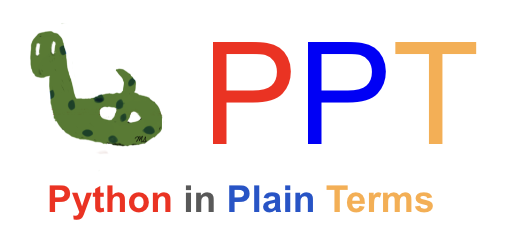Iterations Business#

Business Applications#
Question-1: Max of Revenue#
Revenue (R) is the product of the number (n) of items sold and the price (p) of the item.
\(R = p\cdot n\)
The number of item sold is given by the following equation: \(n = -1.5p+30\)
Write a program which finds the \(p\) which maximize the revenue for \(0\le p \le 20\)
Plot the graph of revenue for \(0\le p \le 20\)
Question-2: Profit#
Profit (P) is the difference between Revenue and Cost
\(Profit = Revenue - Cost\)
The monthly fixed cost of a cable factory is 1500 dollars. Each cable costs 13 dollars and sells for 25 dollars.
Find the profit of producing 400 cables.
For what number of cables produced profit is zero.
Hint: Calculate the profit for \(n\) between 1 and 400.
Question-3: Linear Depreciation#
The value of a new machine is \(100,000\) dollars and its values is depreciated by \(7500\) dollars per year. After how many years the value of the machine will be 2,500 dollars.
Hint: Calculate the value for years between 1 and 100.
Question-4: Equilibrium Point#
An equilibrium point is where the demand and supply curves intersect.
For the given demand and the supply functions find the equilibrium point.
Demand: \(p(q) = -0.03q + 1000\)
Supply: \(p(q) = 0.02q + 400\)
Hint: Calculate the demand and supply for \(q\) between 1 and 20,000.
Question-5: Linear Programming#
Linear programming involves finding the highest or lowest possible outcome of a linear function, while satisfying specific constraints.
The store sells three items labeled (a, b, c) priced at 2, 3, and 4 dollars respectively. The following conditions are known:
The store can sell up to 100 units of each item.
The combined sales of items b and c exceed 90 units.
The total sales of items a and b do not surpass 50 units.
The sales of items a and c are more than 80 units.
What is the highest revenue achievable, and at what quantities of items is this maximum revenue attained?
Question-6: Home Mortgage#
Amortization is paying off a loan by making equal payments.
The present value of an amortized loan is given by the following formula: \(\displaystyle P = R \left( \frac{1-(1+\frac{r}{m})^{-mt}}{\frac{r}{m}} \right)\) where,
\(P\): Present value
\(R\): regular payment
\(r\): annual interest rate
\(m\): number of payments in a year
\(t\): number of years
If you take out an 449,000 dollars loan to buy a house with an annual interest rate of 2.75%, to be paid off over 30 years, what is the monthly payment?
Sketch the graph of monthly payments for annual interest rates of 2%, 3%, 4%, 5%, 6%, 7%, 8%, 9%, and 10%.
Hint:
Use the variables \(P, r, m, t\) for the given values.
Calculate the value of the variable \(R\).
Question-7: Amortization Schedule-1#
If you take out a 449,000 dollars loan to buy a house with an annual interest rate of 2.75%, to be paid off over 30 years with a monthly payment of $1,833, construct an amortization schedule for the first 5 payments.
For each month, a fixed monthly payment is deducted from the balance. Additionally, simple interest is added to the loan based on that month’s remaining balance.
Hint:
Use the variables \(P, r, m, t, R\) for the given values.
Calculate the monthly simple interest for each monthly balance.
Question-8: Amortization Schedule-2#
If you take out a 449,000 dollars loan to buy a house with an annual interest rate of 2.75%, to be paid off over 30 years with a monthly payment of 1,833 dollars, construct an amortization schedule for the last 5 payments.
For each month, a fixed monthly payment is deducted from the balance. Additionally, simple interest is added to the loan based on that month’s remaining balance.
